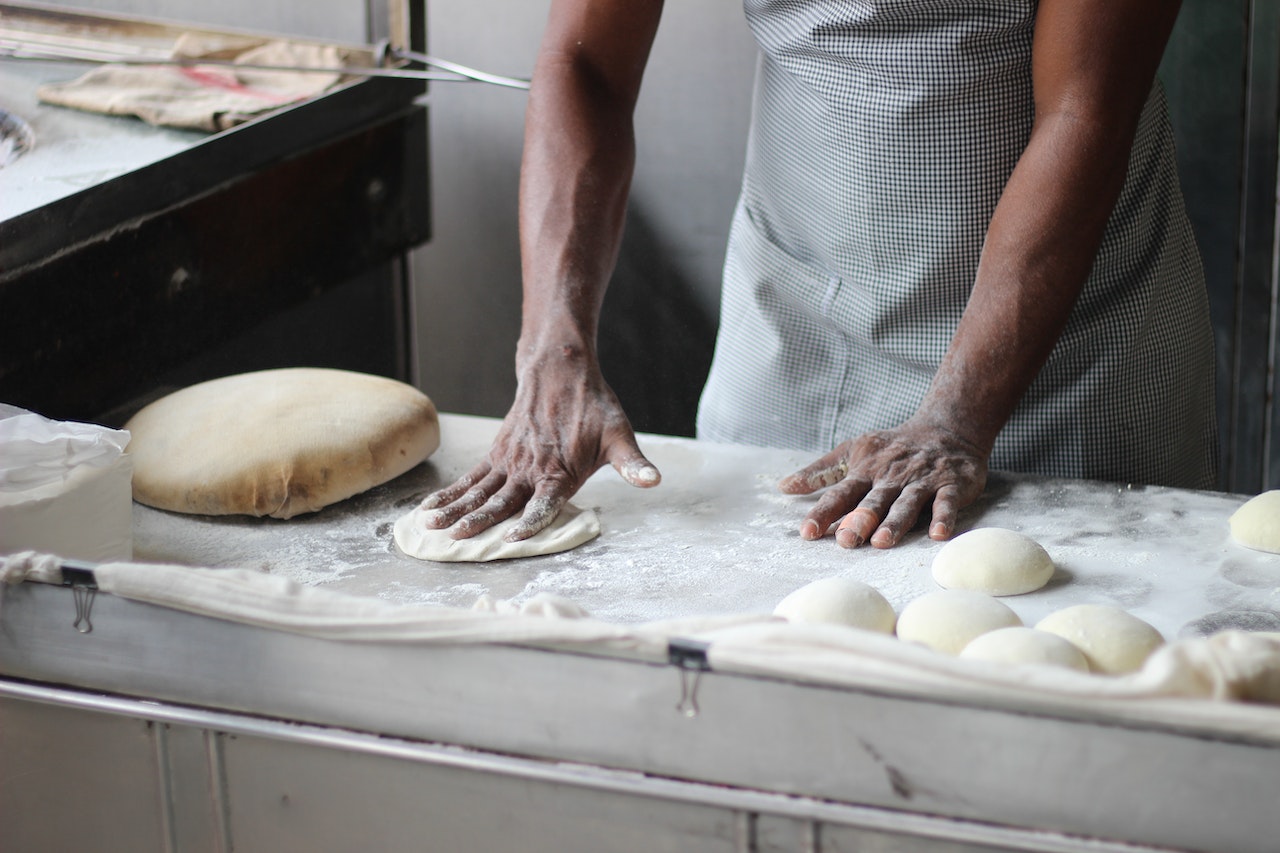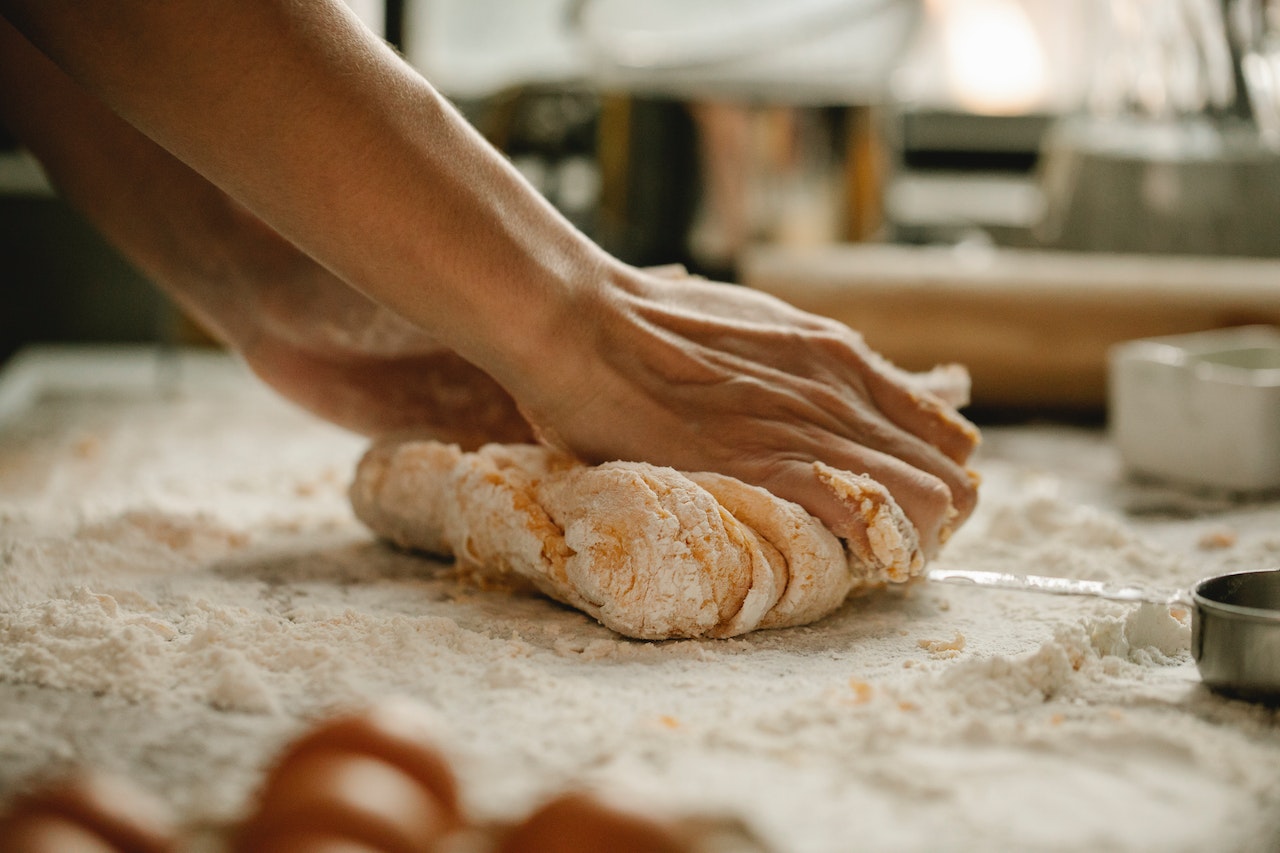Saving a penny equals earning a penny. Whether you’re the owner or the manager, the sole motive of any business is to reduce expenses and increase profits. The same is the case with bakeries. Profit margins can be hard to maneuver, but the best part is that there are numerous levers you can pull to enhance your viability.
There can be numerous ways for your bakery to incur losses. It might be in the kitchen, the inventory, or any other department. A plethora of minor modifications can help your bakery save money year after year, including maintaining adequate inventory, analyzing your food orders, and innovatively making your baked goods. These minor adjustments will undoubtedly have a significant influence on your profitability.
One should constantly strive to modify, innovate, or digitalize for savings in the production process. We’ve put together our top pointers on maximizing the profitability of your business and reducing costs.
1. Cost- Efficient logistics and packaging

Source: pexels.com
Transportation costs are high both inbound and outbound, so efficient supply chain management helps enormously reduce expenses. A few examples can be transportation or freight maintenance, inventory control, warehouse layout and location and transportation mode.
Product packaging is also a significant factor in manufacturing costs, so choosing packaging material must be done carefully. A few suggestions include reducing or changing the shape and size of the product or using suitable packages like bakery boxes Canada. Outsourcing packaging task is also a cost-effective option.
2. Lowering energy costs
Use automated and advanced technology to cut down on energy consumption. To sustain in the market, costs must be reduced. Additionally, energy contributes to manufacturing costs, so lowering energy costs should be a top priority for producers. A few suggestions are provided below.
- Obtain an Energy Audit and incorporate the recommendations.
- Fuel savings achieved through the use of energy-efficient burners
- Use more sustainable energy and lower the carbon footprint
- Energy savings from energy-efficient motors and automated machinery
3. Establish a monthly budget
It is necessary to set a budget and supervise the work accordingly. Budgeting allows you to control your spending and determine where your money goes. Your monthly revenue will be determined by how well your bakery runs. A cost estimate will serve as a guideline for continuing to build a profitable bakery business. Monitor the bakery’s monthly expenditures to determine how much money it requires to remain intact.
4. Lower labour costs

Source: pexels.com
To keep labour costs under control, schedule the appropriate number of employees for every shift while keeping attendance and overtime in mind. To prevent time theft and unnecessary overtime, try to schedule an app or workforce management app to record employee attendance and working hours. Consider leftover products an incentive to increase sales and reduce labour costs. Automated manufacturing bakery processes can lead to significant cost savings. Inventory and finished product storage and processing are two areas where we can automate. Lastly, from supplying to packaging processes, all can be automated.
5. Optimization of baking processes and product quantity
Raw materials account for approximately 60-65% of the product’s cost. Savings on raw materials can thus increase profits. Rather than producing products in bulk quantities, go for just-in-time production.
This means only purchasing the goods that you think will be required in the near future, according to the customer orders. Avoid making too many extra purchases. This will help you easily cover your inventory expenditure. To streamline order placement and delivery, bakers should establish strong communications and management systems with their distributors and other suppliers.
6. Maintain employee awareness
Running a bakery can sometimes be complex and demanding. This is where employees can help you the most. It is critical that you initially share all of the facts with your employees, such as the cost of the food items, your new cost-effective modifications, and the amount of money they can help save your bakery. Your employees must know the possible risks, understand how to reduce waste, improve efficiency, and comprehend overall profitability of the bakery. Recognizing, rewarding and connecting with your employees for their contributions to your success is also critical.
7. Create recipe cards for each food item

Source: pexels.com
Food waste is frequently the highest cost in bakeries because bakers often over-prepare. If manufacturers are aware of the amount of unusable products they are producing, they might save many ingredients in the process. To avoid this, some makers install tech tools on appliances that correct problems in real-time.
For instance, installing software that can automatically lower the oven temperature when a product seems slightly darker than expected. Additionally, following a recipe exactly is a great way to ensure consistency, and recipe cards are the best solution. The cards must include an ingredient list, preparation method and serving sizes for every item on the menu.
8. Keep an eye on your overhead expenses
Overheads are the organizational, commercial, and payroll expenditures of your bakery. They are critical to the success of your bakery. Overhead costs are estimated to account for 15 to 20% of the expense of a baked good. It is essential to track your overhead expenses in order to streamline production and reduce costs. Ingredient monitoring can assist you in controlling your inventory more effectively, averting last-minute restoration, and reducing food wastage.
Refine your product’s recipes to reduce manufacturing costs. When it concerns payroll, it refers to all expenditures linked directly to human resourcing. Payroll costs, which typically account for more than 30% of the market cost of each baked good, are the initial factor that can erode your bakery’s profit levels. As a result, it’s critical to be extra cautious when tracking this outlay.
9. Get the right insurance
As a bakery owner, getting the right insurance coverage is crucial to protect your business from potential risks and liabilities. With so many options available, it can be overwhelming to choose the right policy for your specific needs and it might be useful to use icompario.com to compare insurances. Start by assessing the risks in your bakery, such as fire damage or customer injuries, and then consider policies that cover these areas. General liability insurance is a must-have for any business owner and covers bodily injury or property damage caused by your products or services. Property insurance can also protect against damage to your physical store or equipment. Don’t wait until an incident occurs – invest in the right insurance coverage today to ensure your bakery’s success and longevity.
Conclusion
Successfully running a bakery is a challenging task. Use the suggestions above to reduce your business’s operations and maintenance costs. These pointers will help you keep expenses under control while preserving the quality of your sweet treats. Bakery manufacturers can reduce production costs and maximize efficiency by identifying opportunities to reconfigure processes while making the most of existing technologies.
